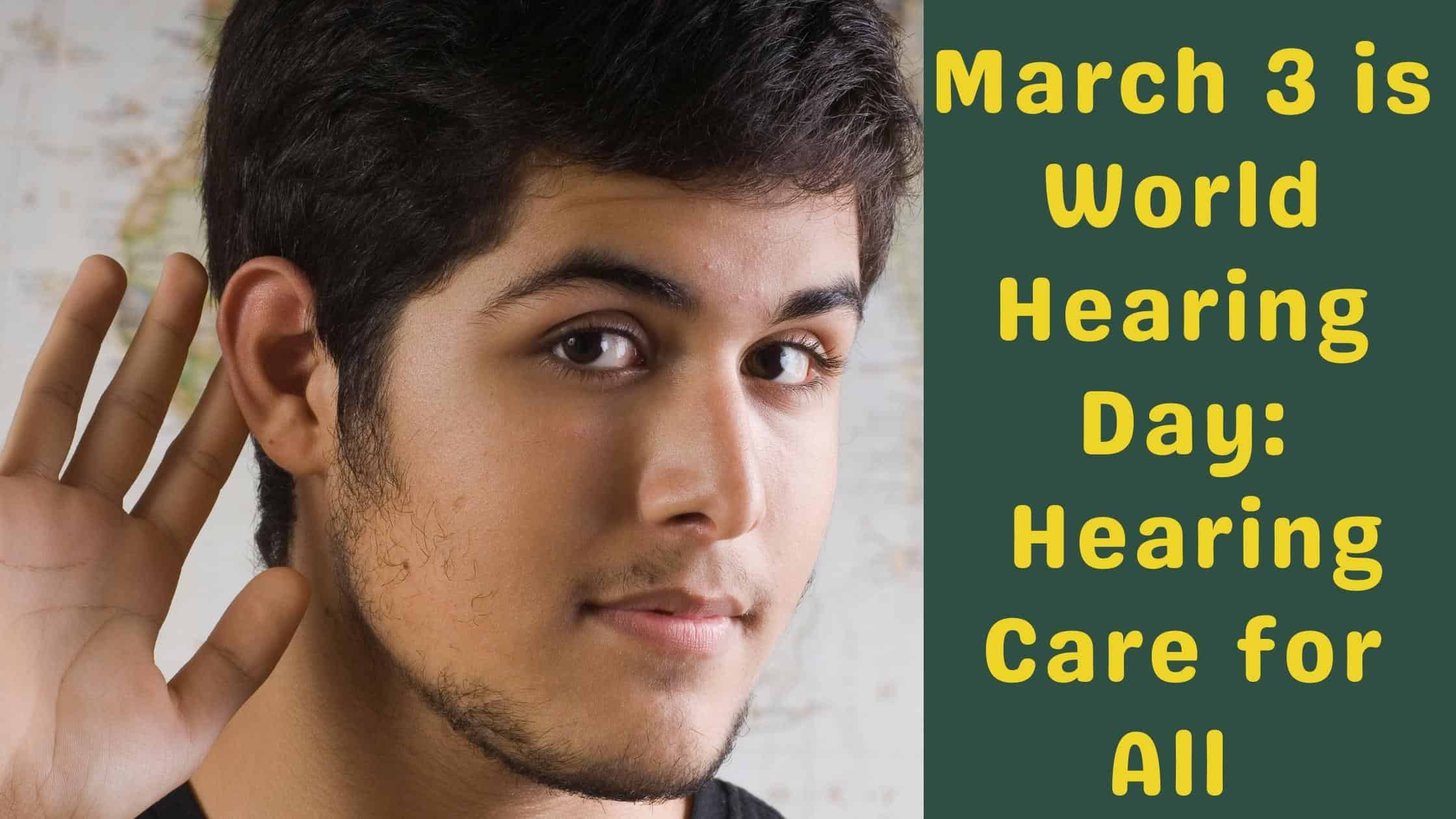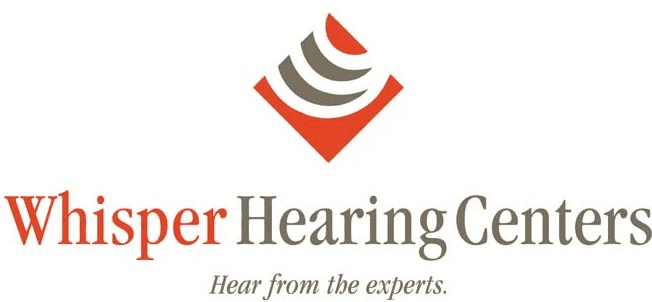
Each year, the World Health Organization puts together a worldwide campaign for hearing health to celebrate World Hearing Day. 2021 is no exception, and the annual theme for this year will be “Hearing Care for ALL!” With this emphatic call to action, the World Health Organization is rallying policymakers and the general public to advocate for widespread adoption of hearing care. What exactly does hearing care entail? Let’s take a look at some of the policies, treatments, and individual practices that can take center stage on this celebratory day.
Policy Platform
When it comes to hearing care policy, the World Health Organization wants to make it clear that the number of people with untreated hearing loss is currently unacceptable, and treating that group of people will require an investment of funds. The word “investment” is crucial, because spending money to provide low-cost hearing loss treatment for more people will result in many social savings in the future. Not only has hearing loss been correlated with a wide range of physical and mental health issues, it has also been tied to higher rates of cognitive decline and even dementia.
With that connection in mind, investments in treatment for hearing loss can lead to many social benefits, as well as savings on health care and assisted living costs. From the perspective of the economy, investments in hearing loss treatment can lead to higher productivity in the workplace. With these many benefits in mind, the World Health Organization is pushing forward a platform to increase financial and insurance coverage for hearing aids, making it possible for more people to acquire them without compromising their budgets.
Treatment Options
When the World Health Organization talks about treatment, what exactly does that mean? In the first place, the best treatment is prevention, so they advocate for public awareness campaigns about the risks of hearing loss. One risk factor that is on the rise is the use of headphones and earbuds. These recreational noisemakers might seem like a convenient way to consume media throughout the day, and streaming from smartphones increasingly makes that possible. However, the volume and duration of exposure to sound through earbuds can be a serious risk to your hearing ability.
Limiting the maximum volume on the devices is one direction of advocacy, and supplying apps to help monitor the time and volume of use is another individualized approach. Another common form of prevention is wearing earplugs. Whether on the job at a loud industrial site or mowing the lawn, earplugs can preserve the hearing ability we have much longer in life. Of course, the other aspect of treatment is not only prevention of hearing loss but assisting those who already have it. Hearing aids have advanced remarkably over the last decade alone, and the options that are available can help us communicate and engage with the world around us.
Individual Practices
When it comes to individuals, the World Health Organization advocates for a comprehensive approach to hearing care. Not only are the individual practices mentioned above an important way to prevent hearing loss, but regular engagement with a hearing health professional can point individuals toward the other treatment they need when the time comes. Getting treatment for hearing loss begins with accurate diagnosis, so World Hearing Day is a great reminder to schedule your hearing test.
If you have recently had a test, you might be in good shape, but many people are advised to get annual tests, including those over age 65, those who work in loud environments, and those who have already had a hearing loss diagnosis. When hearing tests are annually administered, we will be able to recommend the right set of hearing aids for your needs, should they become necessary.
With these many layers of hearing health advocacy in mind, you can certainly find a way to play your part in the annual celebration of World Hearing Day. If that means scheduling a hearing test, then we’re here to help! Contact us today to schedule an appointment.
